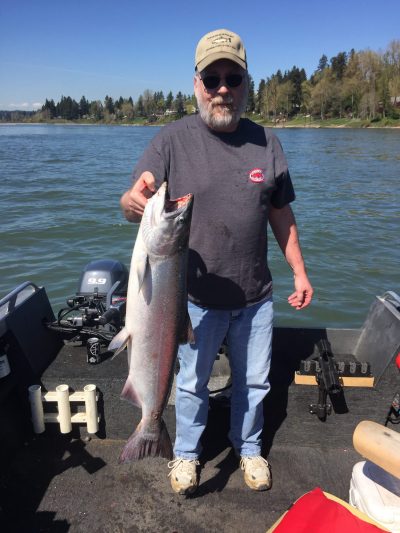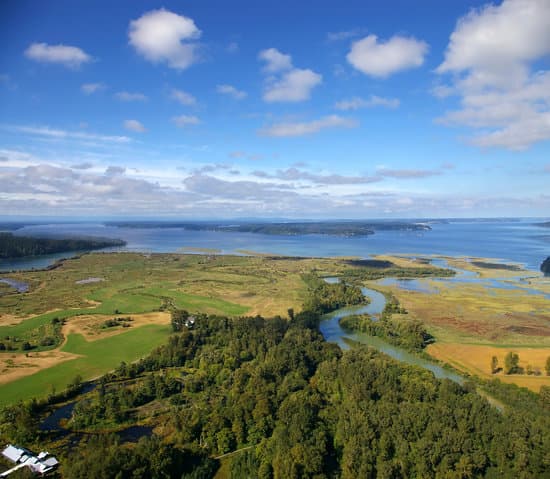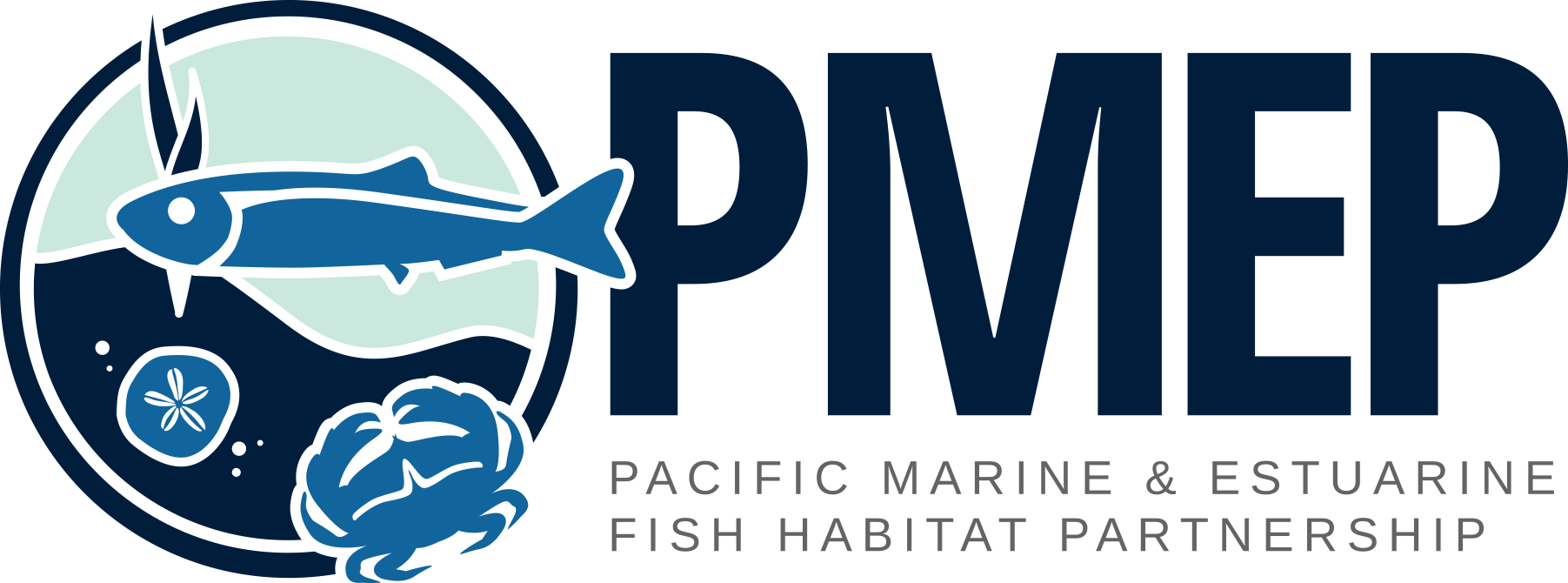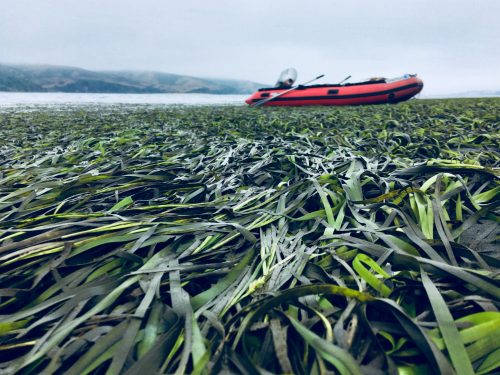In 2020, PMEP commissioned a report Eelgrass Restoratin on the U.S. West Coast: A comprehensive Assessment fo Restoration Techniques and Their Outcomes. The report synthesize eelgrass restoration project successes along the U.S. West Coast and identifies best practices for eelgrass restoration and mitigation. PMEP created a webpage summarizing the synthesis findings and providing guidance for eelgrass restoration practitioners. Drs. Melissa Ward and Kathryn Behishti conducted the reveiw and recently published their findings. Their paper,”Lessons learned from over thirty years of eelgrass retoration on the U.S. west coast” was published in Ecosphere and can be found HERE. The project was supported by Pew Charitable Trusts.

- January 9, 2024
- Joan Drinkwin
- Funding
- 0 comments
The Pacific Marine and Estuarine Fish Habitat Partnership (PMEP) is partnering with NOAA to facilitate proposals for an informal funding opportunity in FY24 for Coastal Fish Habitat Partnership projects that support habitat conservation or restoration and engagement with the recreational fishing community. The total funding available is approximately $150,000.
We are looking for projects that focus on habitat restoration or protection for recreationally important saltwater or diadromous species AND actively engage recreational fishing partners in habitat protection or restoration. This may include, but is not limited to:
a. Direct participation of recreational anglers in habitat projects, including research,
monitoring, and on-the-ground restoration
b. Education and outreach with, by, or for anglers on habitat conservation topics
c. Hosting of an event focused on habitat and recreational fishing opportunity that
engages the recreational fishing community and partners
Sponsors must submit their proposals to PMEP by March 15, 2024 so PMEP can determine its support for the project. Then the project sponsor must submit a completed proposal to NOAA by April 15, 2024.
For the full Request for Proposals and application instructions, go HERE.
Subscribe to our newsletter to ensure you receive announcements of our future RFPs. Subscribe HERE.

- December 8, 2023
- Joan Drinkwin
- Events
- 0 comments
March 12, 2024
Register HERE.
Exploring the design, methods, and monitoring of estuary restoration along the U.S. West Coast in the context of a changing climate.
This one day virtual symposium will bring together experts in the field of estuary restoration along the U.S. West Coast to explore effective estuary restoration topics.
This is the first of three annual symposiums that will explore a wide range of pressing topics in estuary restoration including:
- Design considerations and restoration methods
- Climate change and estuary restoration
- Monitoring estuary restoration
- Documenting estuary restoration
The symposiums are designed to support estuary restoration practitioners and will include opportunities to share techniques, ask questions, and build a community of practice.
Registration is now open! Register HERE.

